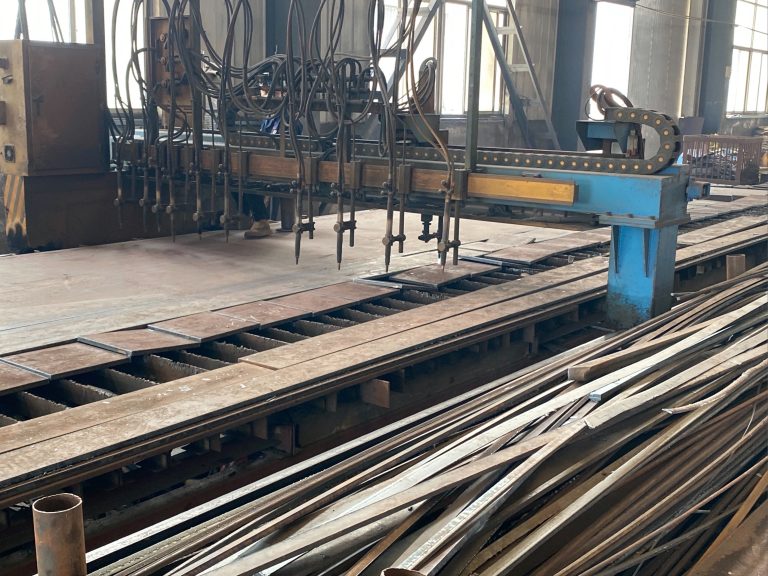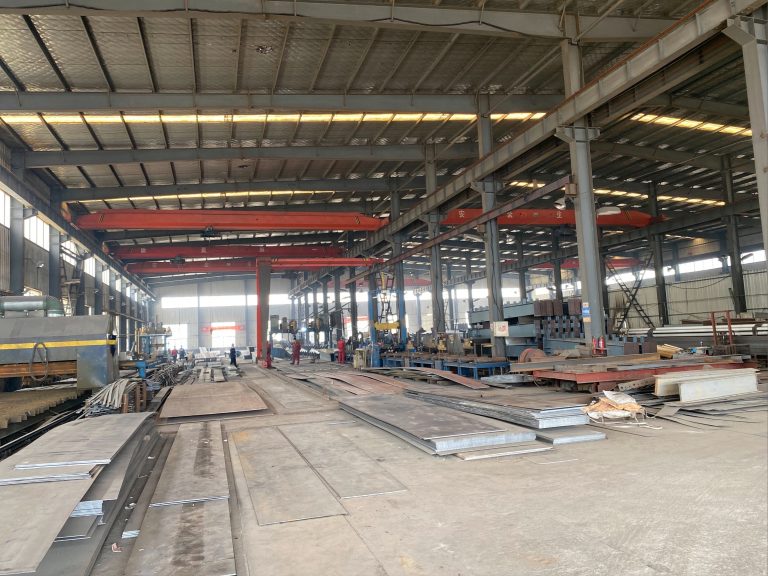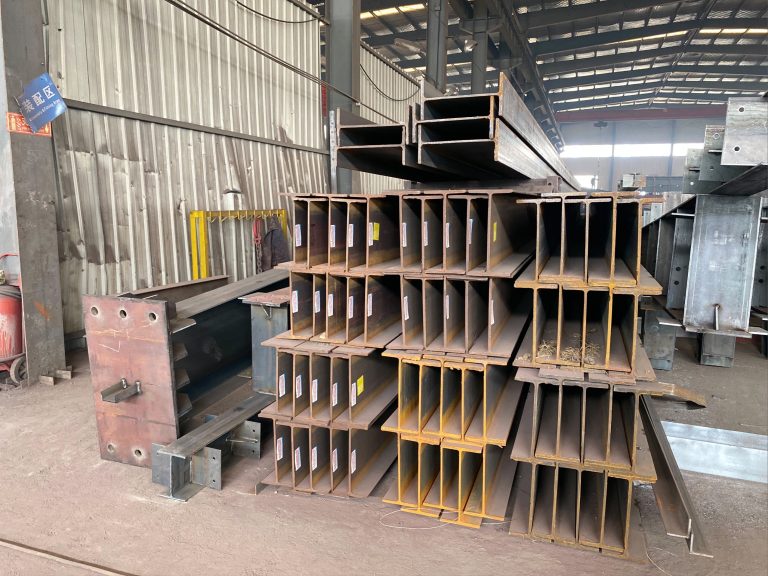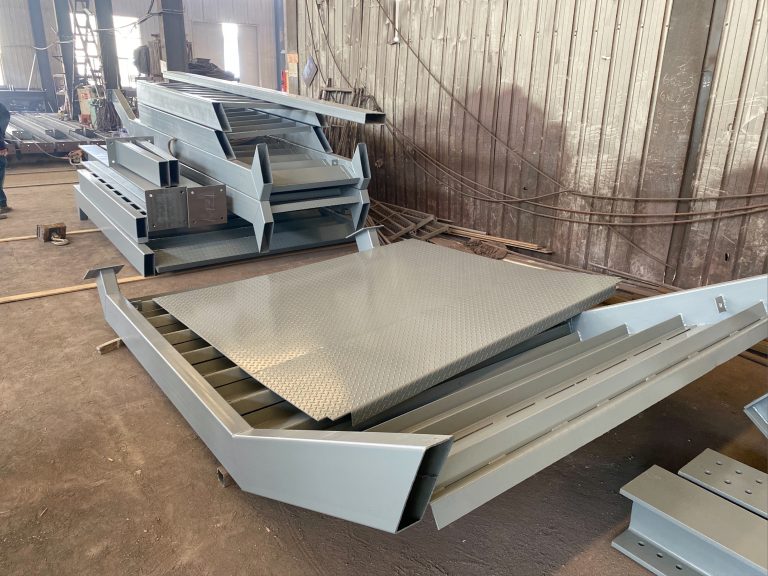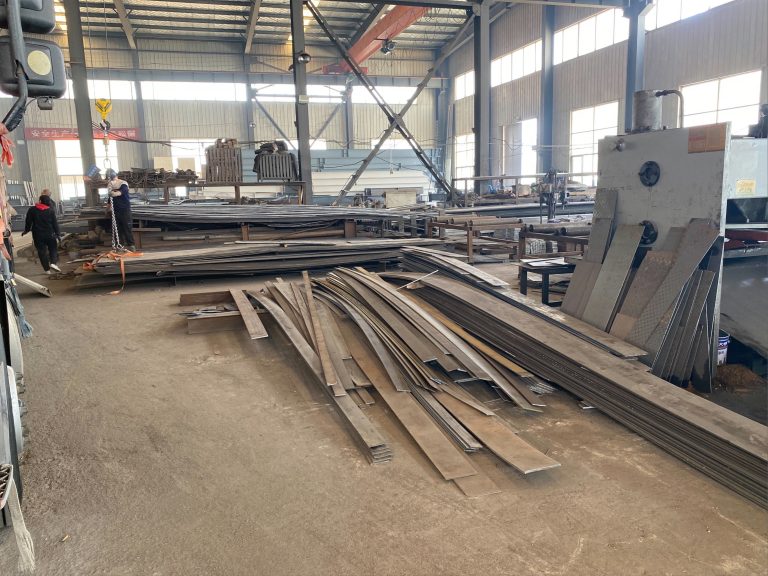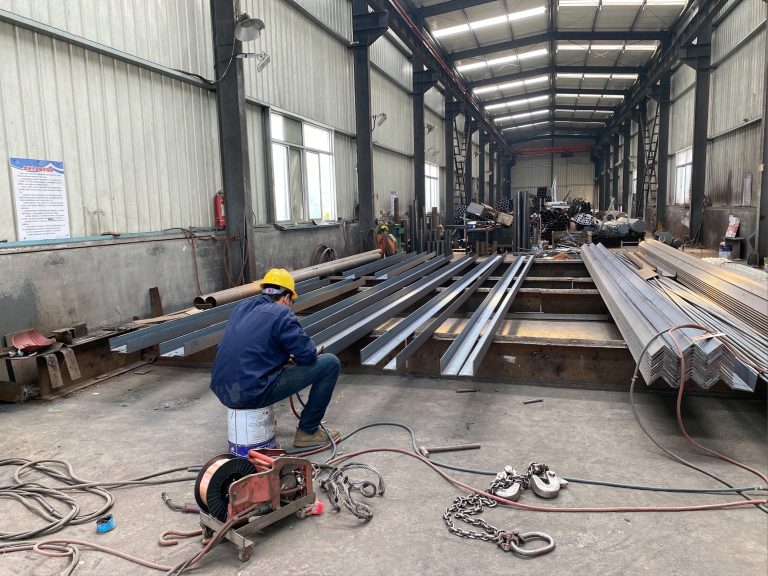Rapid construction of container houses in short-term education projects
Table of Contents
Benefits of Using Container Houses in Short-Term Education Projects
Container houses have become a popular choice for short-term education projects due to their rapid construction and cost-effectiveness. These innovative structures offer a range of benefits that make them an ideal solution for temporary educational facilities.
One of the key advantages of using container houses in short-term education projects is the speed at which they can be constructed. Traditional building methods can be time-consuming and costly, but container houses can be assembled in a fraction of the time. This means that educational facilities can be up and running quickly, allowing students to begin learning in a timely manner.
In addition to their rapid construction, container houses are also cost-effective. The materials used to build these structures are often more affordable than traditional building materials, making them a budget-friendly option for short-term education projects. This cost savings can be especially beneficial for schools and organizations with limited resources, allowing them to allocate funds to other important areas.
Furthermore, container houses are highly versatile and can be customized to meet the specific needs of an educational project. Whether it’s adding additional classrooms, creating office space, or incorporating technology infrastructure, container houses can be easily modified to accommodate a variety of requirements. This flexibility makes them a practical choice for short-term education projects that may have evolving needs.
Another benefit of using container houses in short-term education projects is their durability. These structures are designed to withstand harsh weather conditions and are built to last. This means that educational facilities can be confident in the longevity of their investment, knowing that their container houses will continue to provide a safe and secure learning environment for years to come.
Additionally, container houses are environmentally friendly. Many of the materials used to construct these structures are recycled, making them a sustainable choice for short-term education projects. By opting for container houses, schools and organizations can reduce their carbon footprint and contribute to a more eco-friendly future.
In conclusion, the benefits of using container houses in short-term education projects are numerous. From their rapid construction and cost-effectiveness to their versatility and durability, these innovative structures offer a practical solution for temporary educational facilities. By choosing container houses, schools and organizations can create a safe, efficient, and environmentally friendly learning environment for students.
Cost-Effective and Sustainable Construction Methods for Container Houses in Education Projects
Container houses have become a popular choice for short-term education projects due to their rapid construction and cost-effective nature. These structures are not only quick to build but also offer a sustainable solution for temporary educational facilities. In this article, we will explore the benefits of using container houses in education projects and discuss the construction methods that make them an ideal choice for such endeavors.
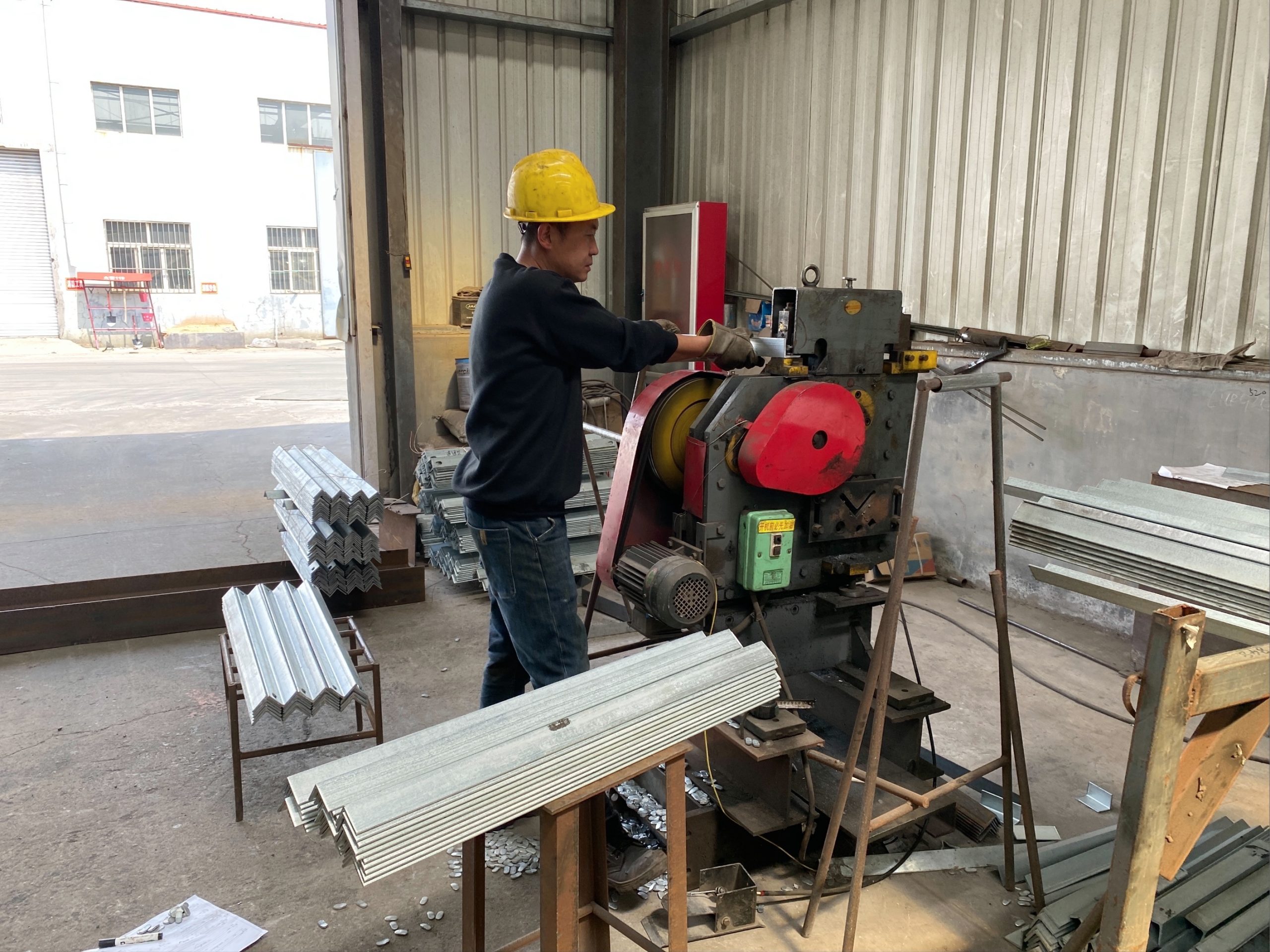
One of the main advantages of container houses is their rapid construction time. These structures can be assembled in a fraction of the time it takes to build traditional buildings, making them an ideal choice for short-term education projects. This quick turnaround time allows schools to quickly set up temporary classrooms or offices to accommodate an influx of students or staff without the need for lengthy construction delays.
In addition to their speed of construction, container houses are also cost-effective. The materials used to build these structures are often more affordable than traditional building materials, making them a budget-friendly option for education projects with limited funds. By opting for container houses, schools can save money on construction costs while still providing a safe and functional space for students and staff.
Furthermore, container houses are a sustainable choice for education projects. Many containers used in construction are repurposed from shipping containers that would otherwise end up in landfills. By recycling these containers, schools can reduce their environmental impact and contribute to a more sustainable future. Additionally, container houses can be easily disassembled and moved to a new location, making them a flexible and eco-friendly option for temporary educational facilities.
When it comes to constructing container houses for education projects, there are several methods that can be used to ensure a successful build. One common approach is to prefabricate the containers off-site and then transport them to the project location for assembly. This method allows for greater control over the construction process and can help to streamline the overall build timeline.
Another construction method for container houses in education projects is to use modular construction techniques. By assembling the containers in modules, schools can quickly create custom layouts that meet their specific needs. This approach also allows for easy expansion or reconfiguration of the structure as needed, making it a versatile option for educational facilities.
In conclusion, container houses offer a rapid, cost-effective, and sustainable solution for short-term education projects. By utilizing these structures, schools can quickly and affordably create temporary classrooms, offices, or other facilities to meet their needs. With the right construction methods in place, container houses can be a practical and efficient choice for educational institutions looking to expand or renovate their facilities.

